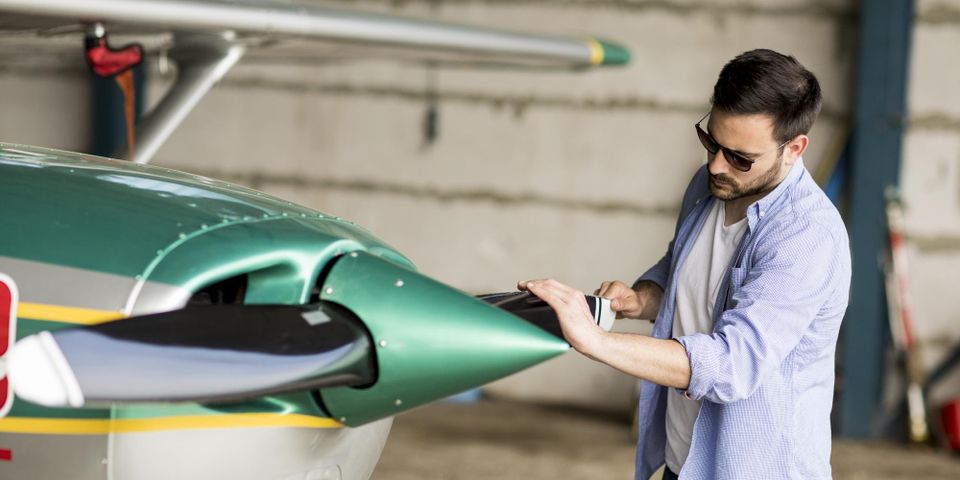
At speeds of upwards of 500 mph, the average commercial jet withstands excessive force during every day of service. Naturally, they can fall subject to wear and tear over time. But, in what ways does this experience damage airframes? If you’re interested in learning more about the different types of airframe failure, consider the guide below.
3 Common Types of Airframe Failure
1. Fatigue
Over time, it’s normal for the strain of flying to deteriorate an airframe. The repeated, intense air pressure can even cause cracks to develop in the long run. There are usually three stages at which inspectors can recognize this type of failure, the initiation, the propagation, and finally, the sudden failure.
Fatigue is often shown through macroscopic “beach marks,” which show a progressive crack that gets rougher as it develops. This is the most common form of airframe failure.
2. Hydrogen Embrittlement
 The metal parts of an airframe are vulnerable to this type of deterioration. Metal can absorb hydrogen over time, and it becomes brittle (both stiffer and more prone to cracking) in the process. This natural tendency, combined with the stress of flight, can easily damage an aircraft. In fact, much of the embrittlement begins when the airframe is manufactured, during coating processes like electroplating.
The metal parts of an airframe are vulnerable to this type of deterioration. Metal can absorb hydrogen over time, and it becomes brittle (both stiffer and more prone to cracking) in the process. This natural tendency, combined with the stress of flight, can easily damage an aircraft. In fact, much of the embrittlement begins when the airframe is manufactured, during coating processes like electroplating.
3. Corrosion
Similarly, corrosion results when metal is exposed to certain environmental elements over time. As the metal of the airframe is in constant contact with the air and clouds, it reacts to the oxygen in them, becoming less resilient.
At some point, it becomes unable to support the load of passengers or cargo. While many aircraft manufacturers use paint and other methods to combat corrosion, several factors may override these techniques.
For example, galvanic corrosion occurs when two different metals are placed in the same environment and are in direct electrical contact, resulting in the less noble metal undergoing corrosion. Stress corrosion occurs when the tensile stress of flight creates damage that is exacerbated by the corrosive environment.
Luckily, by taking the right aircraft maintenance precautions, you can stay ahead of structural failures like these. That’s why AVMATS is proud to serve aircraft owners in the St. Louis Metropolitan market, performing all of their work in-house. With access to over 100,000 line items, a 24/7 support line, and 42,000 square feet of shop space, you can trust this aircraft maintenance crew to deliver lasting results. To learn more about their skills, visit the website or call (636) 812-3224 today.
About the Business
Have a question? Ask the experts!
Send your question

